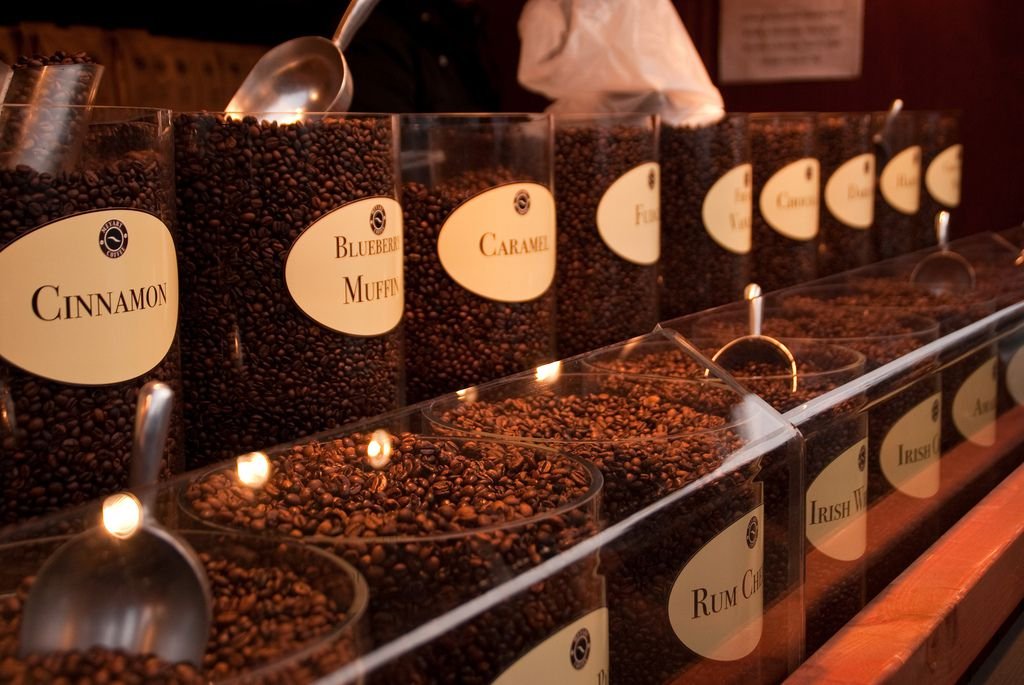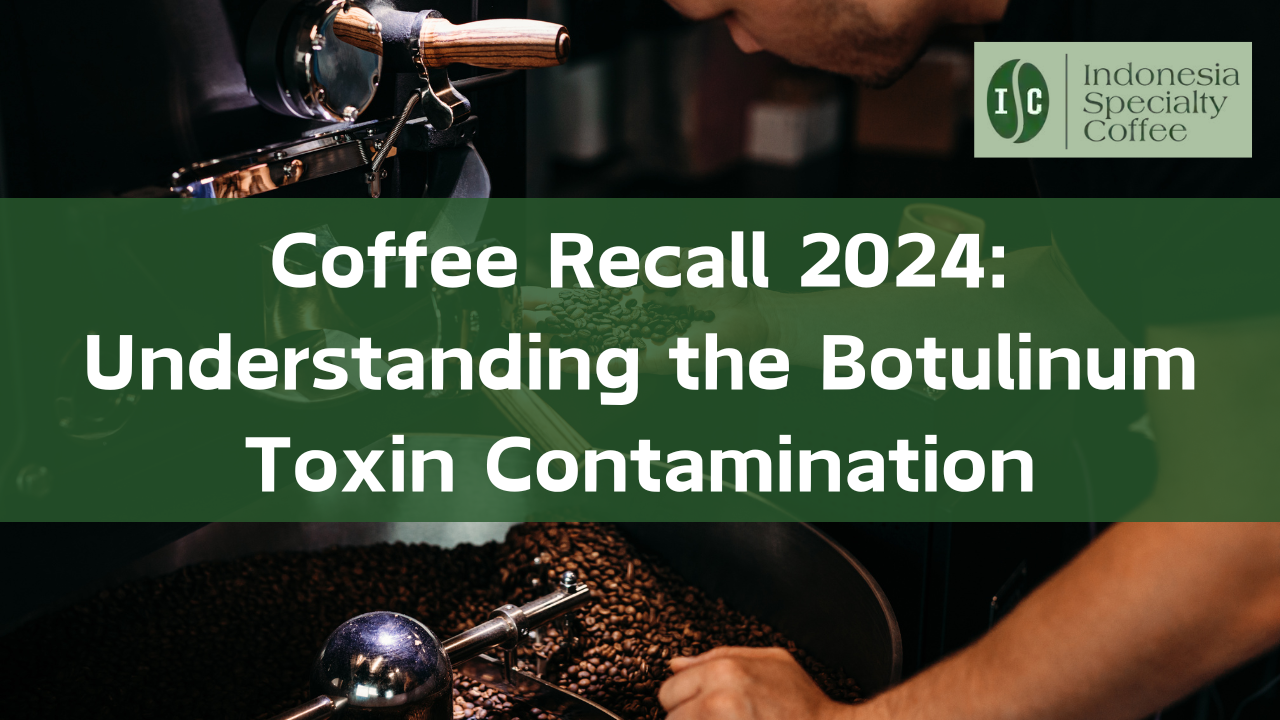Ever wonder what it takes to get that rich, comforting cup of coffee into your hands every morning? Most of us don’t think about it. But behind that aroma lies a battle that farmers fight every single day—coffee diseases and sustainable management are now more critical than ever to protect both your brew and the people who grow it.
From invisible fungi eating away at leaves to pests tunneling through beans, the impact is real—and it’s growing. Without action, we risk losing both coffee quality and farmer livelihoods. And here’s the thing: what’s happening on those farms directly affects the taste, price, and availability of the coffee in your cup.
Why Coffee Diseases Are Quietly Undermining Your Favorite Brew
It’s easy to overlook the signs. A slight bitterness. A weaker aroma. But the cause could trace back to something deep in the soil or high in the branches: leaf rust, berry borers, or root-knot nematodes silently draining life from coffee plants.
These aren’t isolated events. Coffee often suffers from multiple diseases at once like Root-knot nematodes, creating a domino effect. One pest weakens the plant. Another fungus takes hold. Soon, entire branches die, and with them, future harvests vanish.
Curious about how that affects coffee flavor? Don’t miss this guide on Sumatra coffee taste and brewing methods.
Sustainable Management: The Smart Way to Fight Back
If diseases are the problem, sustainable management is the solution. And it’s not just about pesticides or expensive tech—agroforesterie is one of the most effective tools coffee farmers have.
By growing coffee under shade trees, farmers create a more balanced ecosystem. These trees:
- Regulate temperature and humidity
- Protect soil from erosion
- Offer natural pest control
- Boost long-term coffee quality
Explore how intercropping systems work in coffee farming to understand the science behind it.
Primary vs. Secondary Losses: The Damage You Can’t Always See
Here’s what makes coffee unique: it’s a perennial crop, meaning what happens this year affects next year too. Coffee diseases don’t just harm current harvests—they weaken the plant’s future ability to produce beans.
- Primary losses: Immediate drop in yield or quality (e.g. rust defoliates leaves, reducing photosynthesis).
- Secondary losses: Damage to branch structure, root systems, or next season’s buds—leading to even greater losses in the future.
One study showed that secondary losses were up to 50% higher than the initial damage. That’s like losing next year’s income before this one ends.
Want to maximize each brew? Learn how to store coffee beans for lasting freshness.
Real Farmers, Real Challenges: Why Sustainable Coffee Matters
Over 125 million people depend on coffee for their livelihoods. But when diseases hit and sustainable practices are lacking, many farmers fall into cycles of loss and debt.
Here’s how you can help:
- Buy beans from farms that use agroforestry systems
- Support local roasters who prioritize sustainability
- Look for certifications or stories behind the source
Need help finding beans with real integrity? Read this guide to the best specialty coffee bean suppliers.
What’s at Stake—and What’s Brewing Ahead
The fight against coffee diseases isn’t just about protecting plants. It’s about preserving a global culture, supporting farming communities, and ensuring that your morning ritual remains rich, aromatic, and accessible.
Coffee diseases and sustainable management go hand in hand. One without the other simply isn’t enough. As climate change accelerates, this conversation becomes more urgent—not just for growers but for all of us who depend on this crop every day.
☕ So, next time you take that first sip, ask yourself: Am I supporting the kind of coffee future I want to taste?








